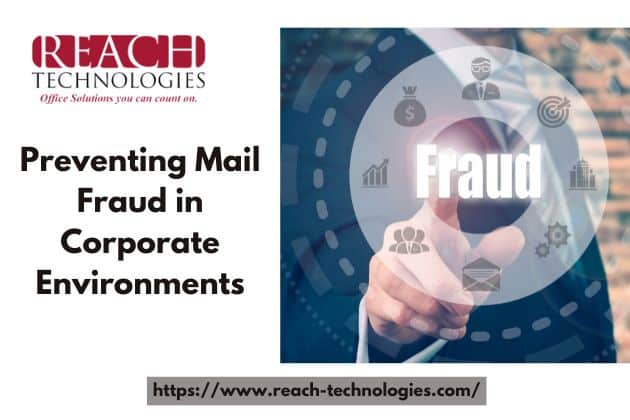In today’s digital age, where emails have become a primary mode of communication in corporate environments, the risk of mail fraud has increased exponentially. Mail fraud can have severe consequences for businesses, including financial losses, damage to reputation, and legal implications. Therefore, it is crucial for organizations to implement robust measures to prevent mail fraud and protect their interests.
Understanding Mail Fraud
Mail fraud refers to any fraudulent scheme carried out through the postal system or by using email. It can take various forms, including phishing scams, counterfeit checks, fraudulent invoices, and identity theft. Perpetrators often target businesses with sophisticated tactics, exploiting vulnerabilities in their communication systems to deceive employees and executives.
Common Techniques Used in Mail Fraud
Phishing Emails: Phishing emails are fraudulent messages that appear to be from reputable sources, such as banks or government agencies. They often contain links or attachments designed to steal sensitive information or install malware on the recipient’s device.
Spoofing: Spoofing involves disguising the sender’s identity to make an email appear to come from a trusted source. This technique is commonly used in CEO fraud, where attackers impersonate company executives to request urgent wire transfers or sensitive information.
Fake Invoices: Fraudsters may send fake invoices to businesses, hoping to trick accounts payable departments into making unauthorized payments. These invoices often mimic legitimate ones, making them difficult to detect without careful scrutiny.
Preventive Measures Against Mail Fraud
To protect your organization from mail fraud, it is essential to implement a comprehensive strategy that addresses both technological and human vulnerabilities. Here are some effective preventive measures:
- Employee Training and Awareness
Invest in regular training sessions to educate employees about the risks of mail fraud and how to identify suspicious emails. Encourage them to verify the authenticity of sender addresses, avoid clicking on links or attachments from unknown sources, and report any suspicious activity immediately.
- Implement Email Authentication Protocols
Utilize email authentication protocols such as SPF (Sender Policy Framework), DKIM (DomainKeys Identified Mail), and DMARC (Domain-based Message Authentication, Reporting, and Conformance) to verify the authenticity of incoming emails and prevent spoofing attacks.
- Multi-Factor Authentication (MFA)
Require employees to use multi-factor authentication for accessing sensitive systems or performing financial transactions. MFA adds an extra layer of security by requiring users to provide multiple forms of verification, such as a password and a one-time code sent to their mobile device.
- Robust Spam Filters
Deploy advanced spam filters to automatically detect and block phishing emails, malware, and other malicious content before they reach users’ inboxes. Regularly update and fine-tune these filters to adapt to evolving threats.
- Vendor Due Diligence
Conduct thorough due diligence when engaging with new vendors or suppliers. Verify their credentials, reputation, and security practices to ensure they adhere to high standards of integrity and compliance.
- Encourage Reporting
Create a culture of transparency and accountability by encouraging employees to report any suspected instances of mail fraud or security breaches. Implement clear procedures for reporting incidents and provide channels for anonymous reporting if necessary.
Conclusion
Preventing mail fraud in corporate environments requires a proactive approach that combines technology, training, and vigilance. By investing in robust security measures, raising employee awareness, and fostering a culture of cybersecurity, organizations can significantly reduce the risk of falling victim to fraudulent schemes.

